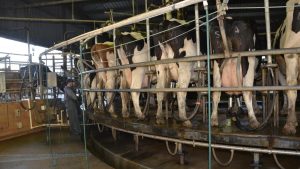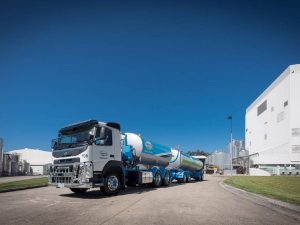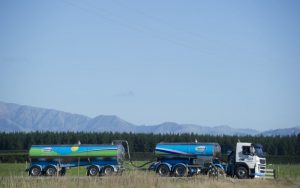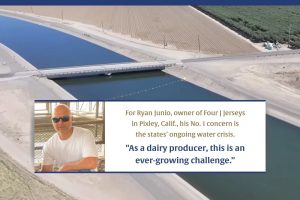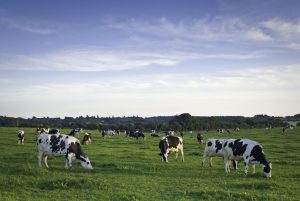
Bulla Dairy Foods announced a price range of $8.80-$9.60/kg on milk solids for the new season
Other milk processors have until 2pm on June 1 to reveal their farmgate price
Milk production is dropping, with many farmers exiting the industry
Small south-west Victorian processor Bulla Dairy Foods announced yesterday a price band of $8.80 to $9.60 per kilo of milk solids in what company general manager Rohan Davies described as “a starting position”.
It comes after record high prices last season resulted in supermarket milk price rises.
There have been high expectations among farmers facing rising costs that dairy companies would offer above $9/kg for milk solids, but dairy processors have warned they face a “tough domestic trading environment” which will slash margins.
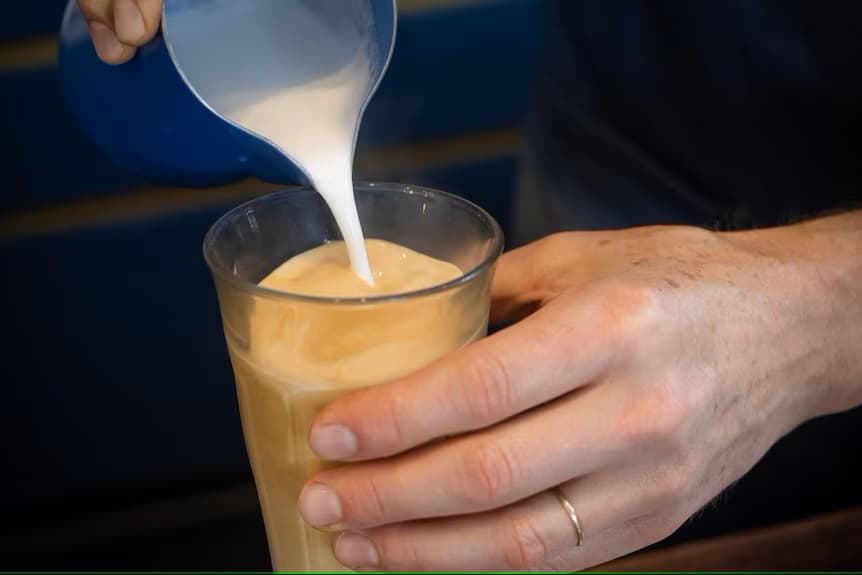
Bulla first out of the gate
Chief executive of Bulla Dairy Foods Allan Hood acknowledged its opening price was lower than the current season’s, saying the company was taking a ‘”more conservative approach”, but he thought the price would be competitive.
He said the company was dealing with “volatility and uncertainty” along with lower international price benchmarks, which put pressure on the Colac-based manufacturer.
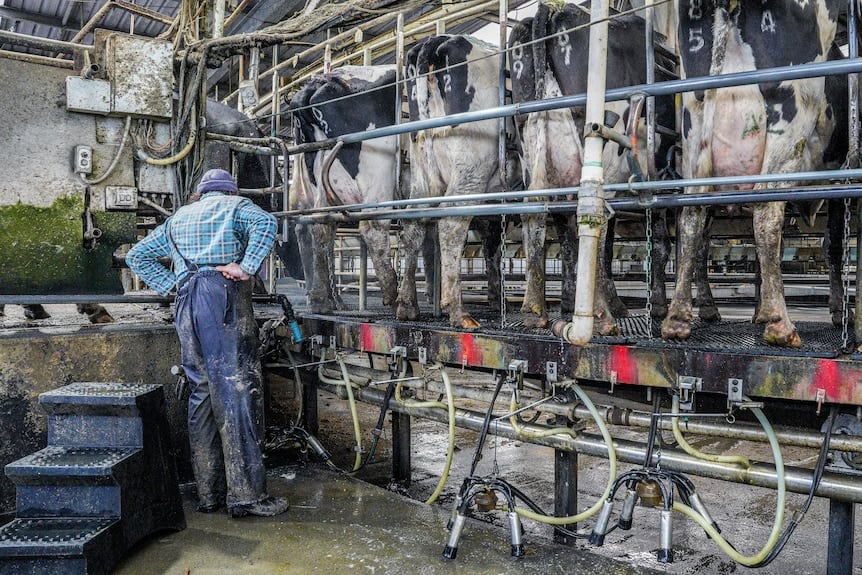
“We are just conscious that there’s a lot of imported dairy products, so we’ve had to take that into account … [and have a] bit of a reset on where we are with pricing,” he said.
Mr Hood also said the company was prepared to make “necessary adjustments” to remain competitive in the market if other companies made stronger bids.
The large dairy processors Bega, Saputo and Fonterra have yet to reveal their opening price.
Under the mandatory Dairy Code of Conduct introduced three years ago, processors must release opening prices before 2pm on June 1.
The code was developed after the ACCC’s 2018 inquiry into the dairy industry, which recognised the damage done when Murray Goulburn and Fonterra made retrospective price cuts to farmgate milk prices.
‘Immense pressure’ on margins
The executive chairman of peak body for milk processors Australian Dairy Products Federation (ADPF), John Williams, warned regional jobs could be on the line if dairy manufacturers’ margins were slashed further.
“Australian dairy processors are contending with low volume growth, exorbitant overhead and input costs, a tough and highly competitive domestic trading environment, and rapid growth in import competition,” Mr Williams said.
Estimates show Australian milk production is set to drop by half a billion litres to 8 billion litres for the 2022-23 season, down 6 per cent on the previous year.

This downward trend is predicted to accelerate in 2023-24 season, falling a further three to four per cent, to 7.8 billion litres.
A global milk price indicator, the Oceania Commodity Milk Value, has dropped 30 per cent since the start of the milk season in June last year, while Australian wholesale dairy prices have only dropped 17 per cent in the same period.
Mr Williams said unless the drop in milk production was reversed, “the Australian dairy processing industry will have to make decisions to reduce capacity and capability.”
Price not enough to stop dairy decline
South-west Victoria dairy farmer Craig Dwyer said the opening price was down less than he expected from this season’s record-breaking values.
“It’s probably a little bit disappointing that it’s down 10 to 12 per cent on this season, but that’s off an all-time high,” he said.
But Mr Dwyer said prices in Bulla’s range would not be enough to slow the continued contraction of the milk pool.
“We probably need $9.50 and above to keep the milk pool somewhat stable,” he said.
“We’re possibly not going to stop a slow decline, but we definitely need an elevated price to encourage the next generation to come through.”
Mr Dwyer, also vice-president of United Dairy Farmers of Victoria, said the drop in milk production was partly related to older dairy farmers wanting to exit while prices were good and the sharp rise in farm land values.
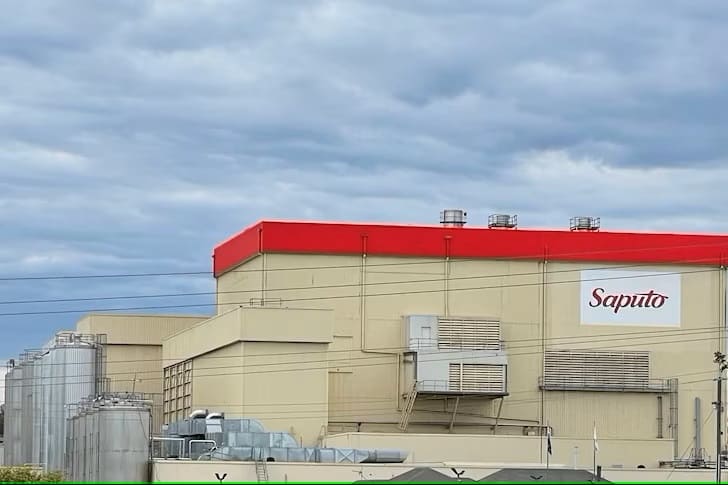
He worried local prices being higher than international values could affect the local processing.
“There’s probably going to be some [milk factories] shut, but while that domestic tension between processors is there that’s going to insulate us somewhat against the world market,” he said.
“But you can’t defeat those prices all the way through – one third of our milk is exported so we are at the mercy of those export markets in places.”
While strong competition remains for their milk, he encouraged farmers to shop around for the best price.
“Most dairy farmers would be mad not to,” he said.








